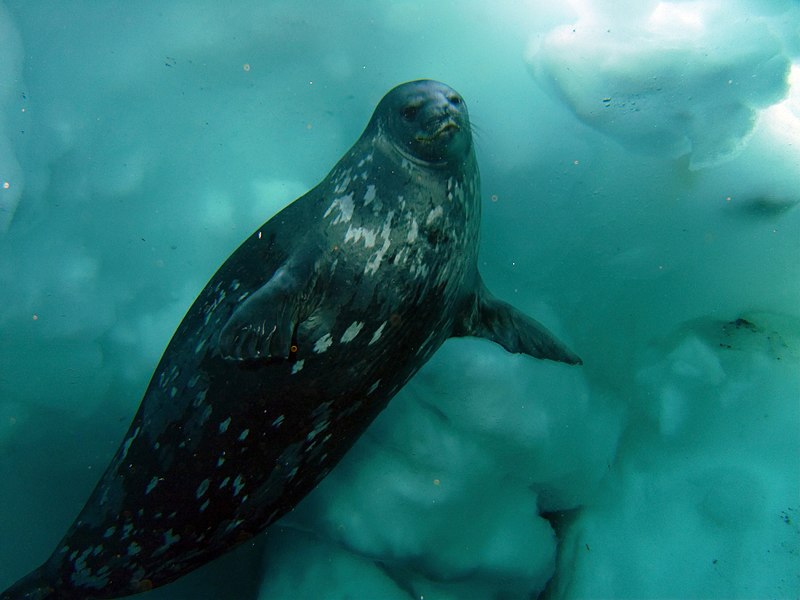
Amy Klink, a graduate student working in the laboratory of Dr. Allyson Hindle at the University of Nevada, Las Vegas, has been studying hypoxia tolerance of Weddell seals. These remarkable animals can hold their breath for 90 minutes and dive as deep as 900 meters!
During such long and deep dives, these seals slow down their heart rate and constrict blood vessels in visceral as well as peripheral organs. As the animals resurface, blood flow and oxygen delivery return to normal. If humans or other land-dwelling animals experienced a similar shift in blood flow and reoxygenation it would result in tissue damage, such as occurs during a heart attack or stroke.
Amy’s research examined components in the blood of seals that protect their cells from inflammation and damage. Seal pups have fewer of these proteins, suggesting that they develop as the animals mature in response to deep dives.
Amy presented her findings at the recent 2024 American Physiology Summit in Long Beach, CA.
Source:
Amy C. Klink “Serum Proteins Infer Molecular Protection Against Inflammation in Weddell Seal (Leptonychotes weddellii)“, 2024 American Physiology Summit, Long Beach, CA.
- What sea turtles can teach us about hypoxia tolerance
- What dolphins can teach us about healthy aging
Categories: Extreme Animals, Hibernation and Hypoxia, Nature's Solutions, Ocean Life, Physiology on the Road
Tags: American Physiological Society, American Physiology Summit, animals, antarctica, anti-inflammatory, diving, hypoxia, inflammation, nature, seal, travel
